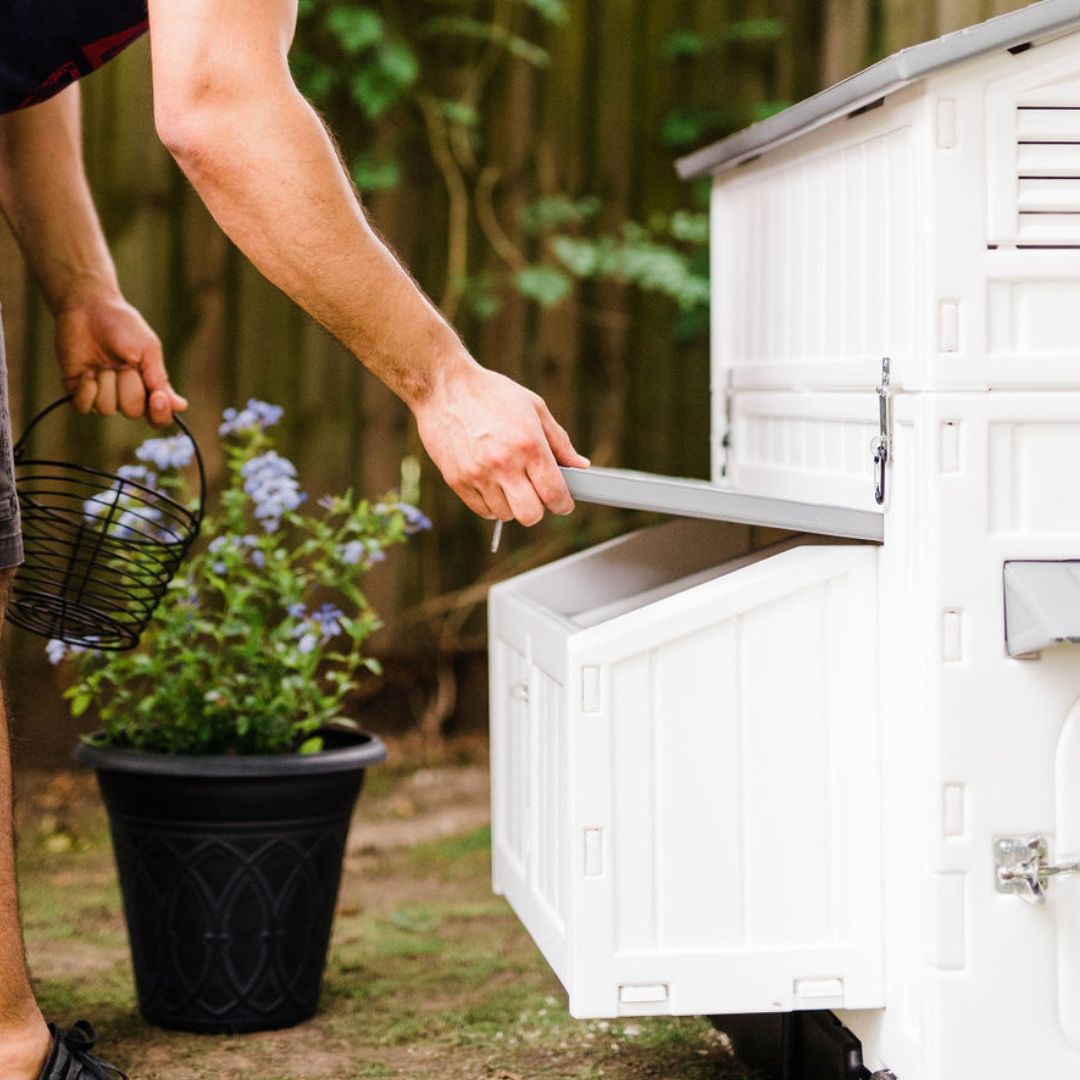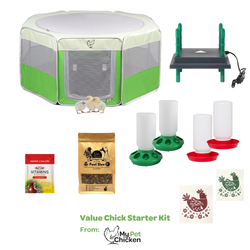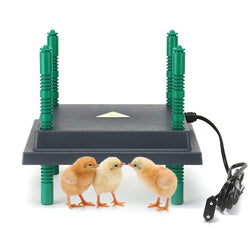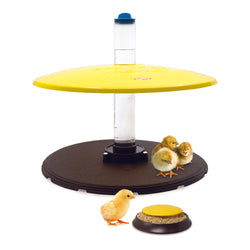What size should my nest boxes be, and how should I place them?
Back to blog
Nest box sizes and placement are different for chickens, ducks, and geese. Providing your birds with the correct number of nesting boxes that are sized and situated properly can help ensure that your flocks' eggs remain fresh and clean and are easy to collect in a timely manner. You can find tips for all three types of birds below.
Chicken Nest Box Size and Placement
Location: Hens like to lay in a dark, safe area away from the traffic of the flock. Their nesting boxes should be placed off the ground at least a few inches. This provides the laying hens with privacy and keeps other birds away from the eggs. This higher elevation also may provide protection from some predators.
It's also important that they be lower than the lowest roosting poles in your coop. Chickens seek the highest roost for security at night. If your nest boxes are higher than your perches, some birds may sleep (and poop!) in them. This can cause them to dirty the eggs and potentially making them unsafe for eating.

Size: In general all poultry nesting boxes should be cozy without being tight. Adjust nest box sizes for different chicken breeds due to their varying sizes in your flock. The smallest box we would recommend for standard-sized breeds would be 10 inches cubed. Most commercial nest boxes for standard breeds are roughly 11 or 12 inches cubed. A little smaller would okay for bantams; 11" - 12" cubed should be large enough even for bigger birds like Cochins, Orpingtons, etc.
How many: You do not need a nest box for every hen but you also don't want to provide too few boxes. Doing so can increase the likelihood of drama in your flock and could lead to broken eggs or "yard eggs" being laid outside the nesting boxes. Usually, one nest box for every 4-5 hens is enough. It is not uncommon for all the hens to lay in one or two favorite nesting boxes, even when you've provided many other nesting options!
Duck Nest Boxes
Location: Ducks cannot climb very well, so their nests should be placed on the ground. If it must be elevated, make sure it is no more than a few inches off the ground, and watch your ducks to make sure they can get inside without any trouble and without risking injury. (Muscovies are a possible exception to this, since they may actually prefer higher nesting areas including elevated nesting boxes, trees, hay lofts, etc.). Place duck nest boxes out of high-traffic, wet, or dirty areas. To keep them clean and dry, put nests on one side of the coop or run area and waterers on the other.

Photo credit: Sasha Fox
Size: Duck nest boxes need to be big enough for a bird to get in, turn around, and sit, but not much bigger. Generally, ducks need larger nest boxes than chickens. 12 to 18 inches cubed is a good size. Make sure the box is not big enough for two or more ducks, especially if you want the ducks to incubate the eggs. Multiple ducks nesting in the same box can lead to broken eggs and/or poor hatch rates since the eggs may get cold between the moms. Also, when the eggs hatch, the mother ducks won't know which ducklings belong to them.
How many: If you are collecting eggs every day, one box for every 3-5 females should be sufficient. If you are using the boxes for natural incubation, each brooding female will need their own box.
Bear in mind that ducks may not cooperate and choose to lay outside the nest boxes, no matter what you do. They can be stubborn like that!
Goose Nest Box Size and Placement
Location: Make sure to place your goose nesting boxes out of blazing sun and rain. A location shaded by a tree or bush, outdoors with a top and sides for protection, or indoors is best. Geese prefer to nest on the ground (they're not great climbers). As with ducks, locate their nest boxes away from waterers so that their nests stay dry and clean. You'll want any covered, outside nests to face north or northeast to keep out the hot afternoon sun during summer in the Northern Hemisphere (face them south or southeast in the Southern Hemisphere).

Size: As with chickens and ducks, goose nesting boxes should be cozy without being tight. A two square-foot area should suffice. If seeking natural incubation, you'll want to discourage multiple females laying in the same box. Multiple females in one box results in lots of eggs, but a low hatch rate. A usual, natural clutch for a goose is 5-15 eggs.
How many: If you gather your eggs every day, one nest for every 4-8 geese is sufficient. If you leave the eggs for natural incubation, you will need one nest for every female.
For chickens, ducks, and geese, place fake eggs in the nests several weeks before they start laying to encourage them to use them. If allowing your waterfowl to incubate the eggs, spread the real eggs out among nest boxes when the girls start laying.



